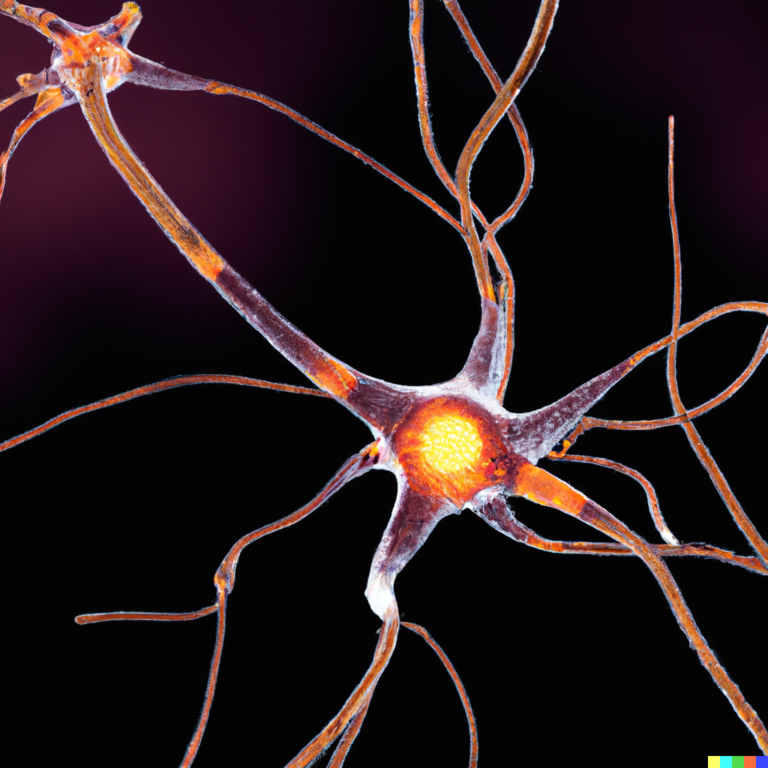After you hit 30, sticking to just cardio workouts isn’t enough to keep your body in top shape. Cardio—like running, cycling, or swimming—is great for your heart and lungs and helps burn calories. But as you age, your body changes in ways that cardio alone can’t fully address.
One big reason is muscle loss. Starting around age 30, people naturally begin to lose muscle mass each year if they don’t actively work against it. This process is called sarcopenia. Cardio exercises don’t do much to build or maintain muscle strength; they mostly focus on endurance and cardiovascular health.
Muscle matters a lot because it supports your bones, keeps your metabolism humming, and helps prevent injuries by stabilizing joints. Without enough muscle strength training after 30, you risk becoming weaker over time even if you’re doing plenty of cardio.
Also important is how exercise affects fat loss and overall body composition. Studies show that combining strength training with cardio leads to better fat loss results than doing cardio alone. When you lift weights first before doing cardio, your body taps more into fat stores for energy during the workout instead of relying mainly on sugar stored in muscles. This means more effective fat burning happens when resistance training comes first.
Cardio still plays a crucial role—it improves heart health, lung capacity (VO2 max), mood regulation through brain chemicals like BDNF (brain-derived neurotrophic factor), stamina, and overall well-being—but pairing it with strength work creates a balanced routine that fights aging effects better than either alone.
In short: after 30 years old,
– Muscle mass naturally declines without resistance exercise.
– Strength training preserves muscles that support bones and joints.
– Combining weights with cardio boosts fat loss more effectively.
– Cardio enhances cardiovascular fitness but doesn’t build muscle.
– Doing weights before cardio can improve how much fat you burn during workouts.
So while jogging or cycling keeps the heart strong as we get older, adding weight lifting or other forms of resistance training becomes essential for maintaining strength, metabolism efficiency, injury prevention—and ultimately staying healthier longer beyond just what cardio can offer on its own.





